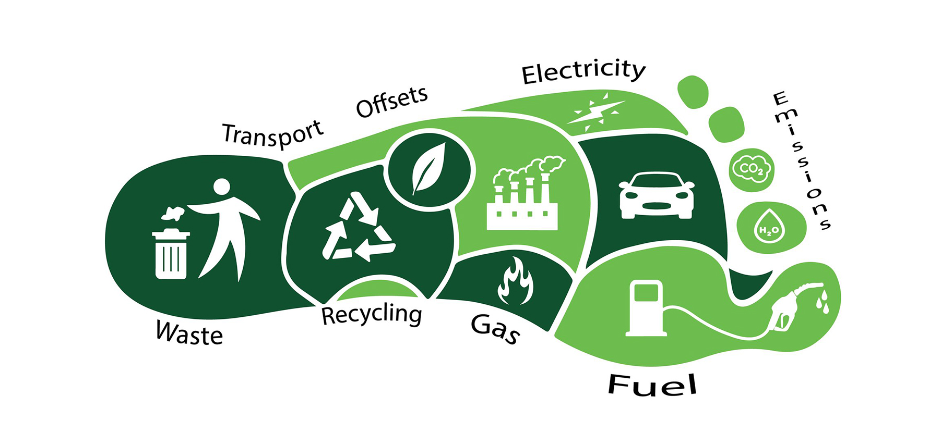- Home
- News
- Understanding the Three Scopes of Emissions: A Key to Addressing Climate Change
Understanding the Three Scopes of Emissions: A Key to Addressing Climate Change
23 June 2023
As the world grapples with the challenges of climate change, it becomes crucial to understand the different scopes of emissions. These scopes delineate the various sources of greenhouse gas emissions, enabling us to identify and tackle them effectively. In this blog, we will explore the three scopes of emissions and highlight their significance in addressing climate change.
Scope 1 emissions encompass direct greenhouse gas emissions that occur from sources owned or controlled by a particular entity. These emissions are often referred to as "on-site" emissions and primarily include the burning of fossil fuels for energy, transportation, or heating purposes. For example, the emissions from a company's owned vehicles or its own power plant fall under Scope 1. Organizations have a direct influence over Scope 1 emissions and can take immediate action to reduce them by transitioning to cleaner energy sources or improving operational efficiency.
Scope 2 emissions comprise indirect greenhouse gas emissions resulting from the generation of purchased electricity, heat, or steam. These emissions occur at a remote location, such as a power plant, but are associated with the electricity consumed by an entity. When organizations rely on the electrical grid for their energy needs, the emissions associated with electricity generation become part of their Scope 2 emissions. Organizations can address Scope 2 emissions by procuring renewable energy, such as solar or wind power, to power their operations. This approach not only reduces their carbon footprint but also contributes to the growth of renewable energy markets.
Scope 3 emissions encompass all other indirect emissions that occur as a result of an entity's activities but are beyond its immediate control. These emissions include the entire life cycle of a product or service, including raw material extraction, production, distribution, use, and disposal. Scope 3 emissions often have the largest impact on an organization's carbon footprint but are the most challenging to address due to their complex and extensive nature. They can include emissions from purchased goods and services, business travel, employee commuting, and even the supply chain. To tackle Scope 3 emissions, organizations can engage with suppliers, promote sustainable practices, encourage responsible consumption, and invest in innovative technologies.
Understanding the three scopes of emissions is crucial in developing effective strategies to combat climate change. By focusing on reducing direct emissions (Scope 1), transitioning to clean energy sources for indirect emissions (Scope 2), and addressing the comprehensive life cycle emissions (Scope 3), organizations and individuals can contribute significantly to mitigating climate change and building a more sustainable future.

Back to News